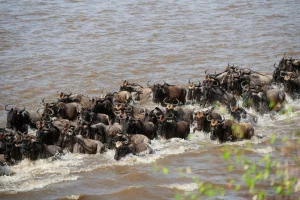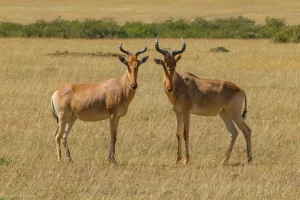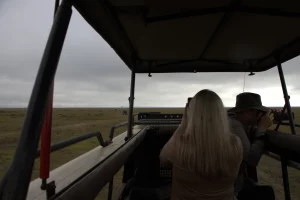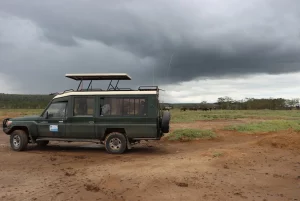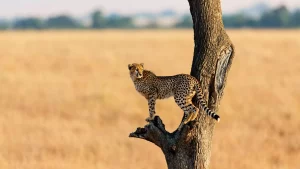Exploring Serengeti National Park: A Guide to Tanzania's Wildlife Haven
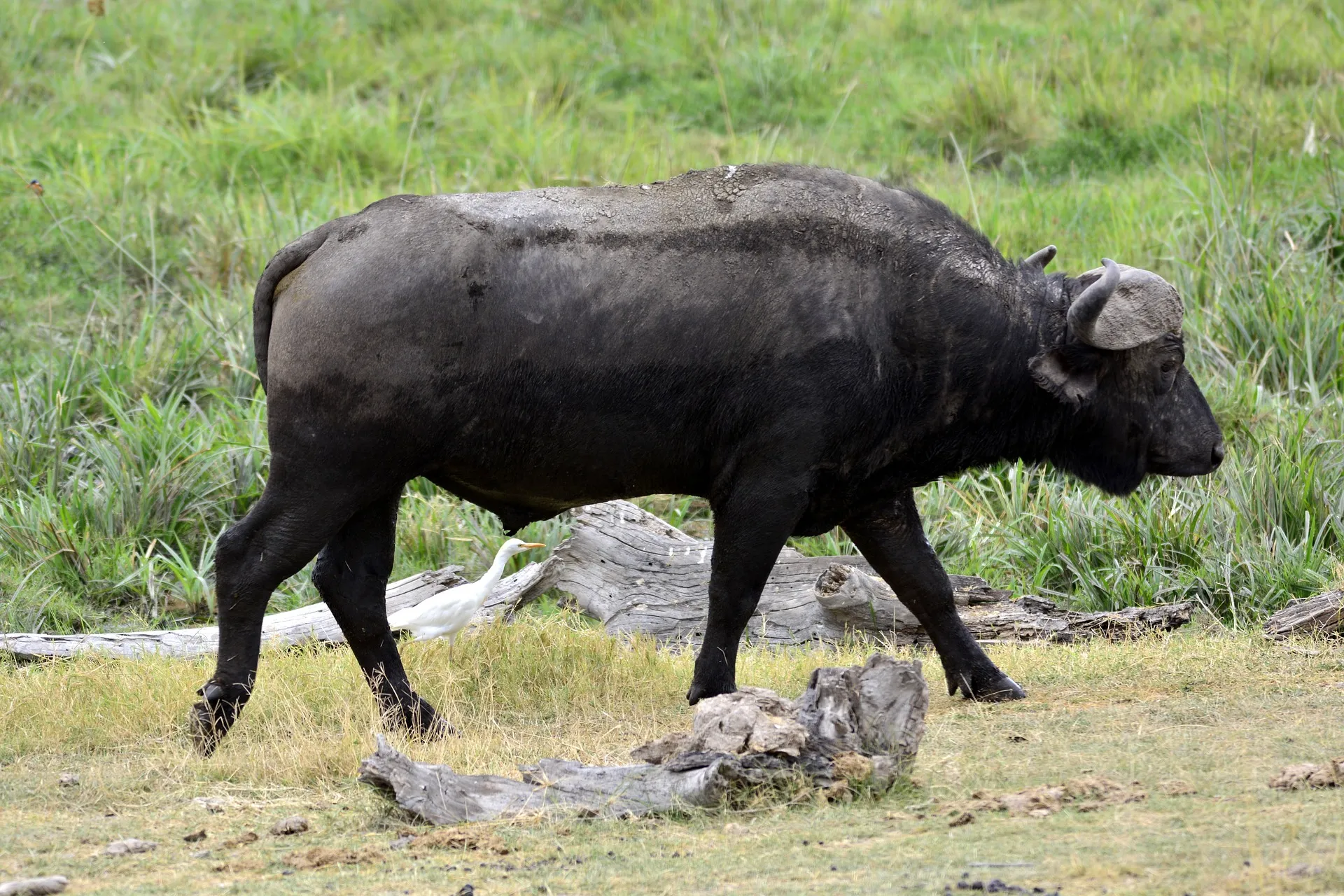
Discover the essence of Serengeti National Park: the Great Migration, the Big Five, and unique ecosystems. This guide explores the park’s remarkable wildlife and provides practical advice for visitors planning the ultimate Serengeti adventure. You will also get information on the best time to come to Serengeti National Park, including the peak safari season, and other destinations to tour in this country like Ngorongoro Crater.
How to Book Our Safari to Serengeti National Park
If you are looking for the best Serengeti National Park safari, then you have come to the right place. We are among the leading tour operators in Tanzania that will show you Serengeti better than anyone else.
For booking, inquiries, or questions about our Maasai Mara National Reserve safaris, please contact us at james@ajkenyasafaris.com or safarioffers@ajkenyasafaris.com or WhatsApp/Call +254-748-258-880.
Our Most Booked Serengeti National Park Packages and Other Tours
| Our Popular Packages | See the Detailed Itinerary | Safari Price/Quote |
| 6-Day Amboseli, L. Naivasha, & Masai Mara Safari | View the Itinerary | From USD 1950 |
| 6-Day Amboseli, Lake Nakuru, and Masai Mara Safari | View the Itinerary | From USD 1665 |
| 6-Day Hell’s Gate, Lake Naivasha, Lake Nakuru, & Masai Mara Safari | View the Itinerary | From USD 1745 |
| 6-Day Hell’s Gate, L. Nakuru, & Masai Mara Safari | View the Itinerary | From USD 2050 |
| 6-Day Nairobi & Masai Mara Family Safari | View the Itinerary | From USD 2500 |
| 6-Day Nairobi, L. Nakuru, & Masai Mara Safari | View the Itinerary | From USD 2870 |
| 7-Day Amboseli, Hell’s Gate, L Naivasha, & Masai Mara Safari | View the Itinerary | From USD 1945 |
| 7-Day Amboseli, L. Nakuru, & Masai Mara Safari | View the Itinerary | From USD 1800 |
| 7-Day Amboseli, Naivasha, Hell’s Gate, and Masai Mara Safari | View the Itinerary | From USD 2395 |
| 8-Day Masai Mara, L. Nakuru, & Diani Safari | View the Itinerary | From USD 1778 |
| 8-Day Honeymoon Safari in Kenya | View the Itinerary | From USD 2309 |
| 9-Day Helicopter Tour Safari in Kenya | View the Itinerary | From USD 9068 |
| 10-Day Classic Safari in Kenya | View the Itinerary | From USD 3990 |
| 10-Day Kenya Wildlife Safari | View the Itinerary | From USD 3890 |
| 12-Day Safari in Kenya | View the Itinerary | From USD 4050 |
| 18-Day Safari in Kenya | View the Itinerary | From USD 7800 |
| 3-Day African Safari in Kenya | View the Itinerary | From USD 1600 |
| 3-Day Masai Mara Budget Safari | View the Itinerary | From USD 1705 |
Key Takeaways
- The Serengeti National Park is a diverse ecosystem, home to a variety of habitats and species, including the annual Wildebeest Migration attracting millions of animals
- The park boasts an extraordinary array of wildlife with the highest concentration of large predators in the world, and is also an important cultural site for the indigenous Maasai people.
- Visitors should plan their safari based on desired experiences and seasons, engage in various activities such as hot air balloon safaris and walking tours, and support conservation efforts to address threats to the ecosystem.
- The park lies in over 14k sq km of land and is known for Serengeti migration, where vast herds of migrating wildebeest move from the park to Masai Mara.
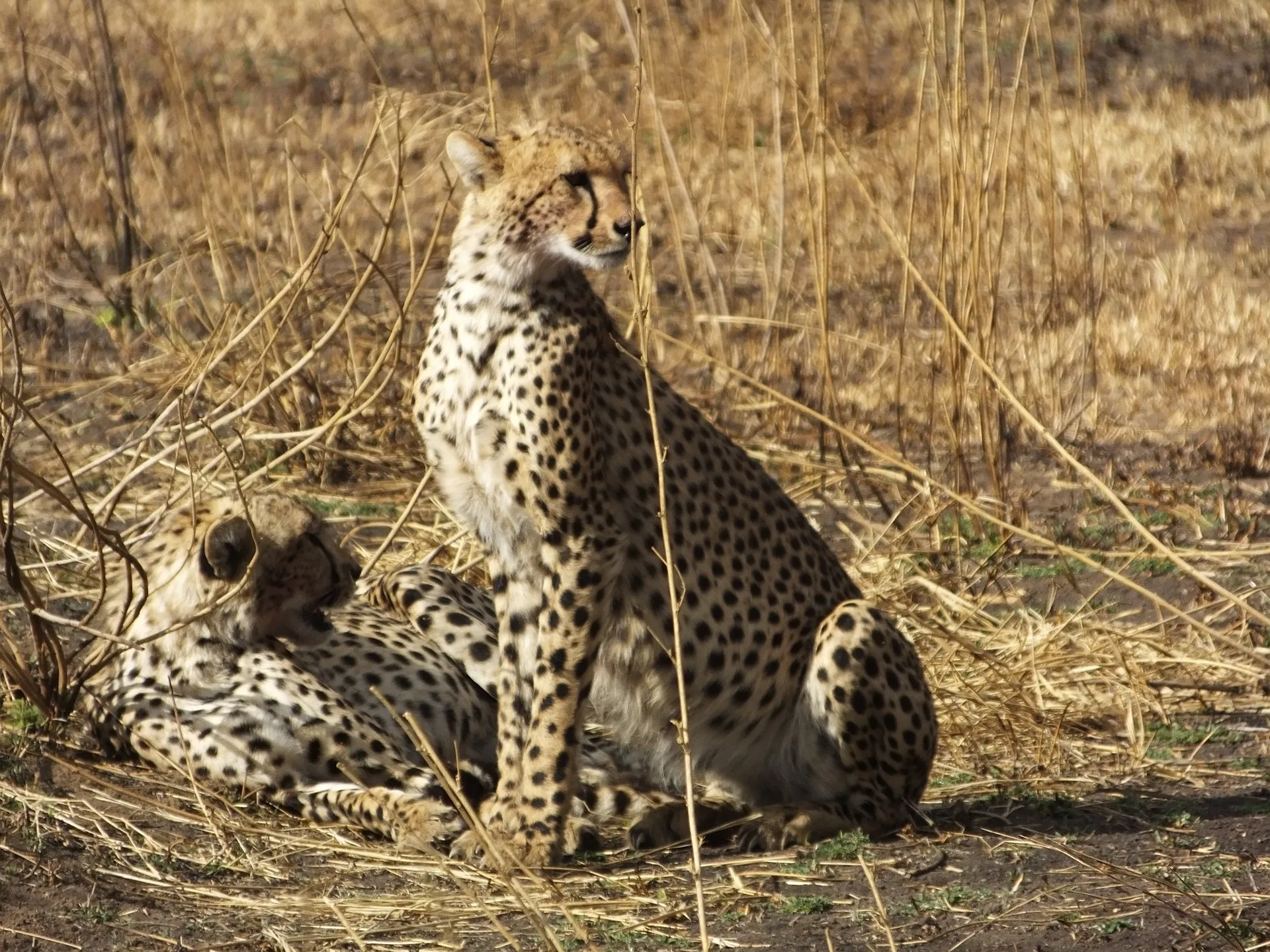
Discovering the Serengeti Plains
The Serengeti, a UNESCO World Heritage Site, is a testament to nature’s grandeur. Spanning an impressive 14,763 sq km, the Serengeti & Ngorongoro Conservation Area form part of East Africa’s high interior plateau, sloping from the crater highlands to Lake Victoria. Ancient volcanic rocks and banded ironstones lay the foundation for this vast land, which includes the renowned Serengeti National Park Tanzania.
The Serengeti Plains are a realm of constant change. As you venture across the endless plains, you’ll encounter a tapestry of habitats, from mineral-rich plains to woodlands and riverine forests, each harboring a unique array of flora and fauna. The iconic Umbrella Tree and Whistling Thorn tree are just some of the plant species that grace this landscape. Beyond the flora, the Serengeti ecosystem is a haven for wildlife, with the Mara River playing a vital role in the survival of many species.
Unveiling the Great Migration together with Maasai Mara National Reserve
One of the most awe-inspiring spectacles in the world unfolds in the park: the Great Wildebeest Migration. Each year, millions of wildebeests, zebras, and other grazers traverse the park’s landscapes in search of fresh pastures, making the park a global attraction. This annual pilgrimage follows a predictable pattern, including:
- Beginning in the southern short-grass plains in January
- Marching northward by April
- Reaching the northern Serengeti for Mara River crossings by September
- Turning south in October
- Returning with the November rains
Rainfall is the rhythm to which the annual migration dances. As the rain nourishes the land, the herds move towards areas with richer and more nutritious grass, essential for the survival and growth of newborn calves. The calving season, a spectacle in itself, occurs in the Southern Serengeti, particularly around Ndutu, where around 400,000 wildebeest calves are born during February. This is just the prelude to the dramatic river crossings at Grumeti and Mara Rivers, fraught with lurking dangers from crocodiles and predators.
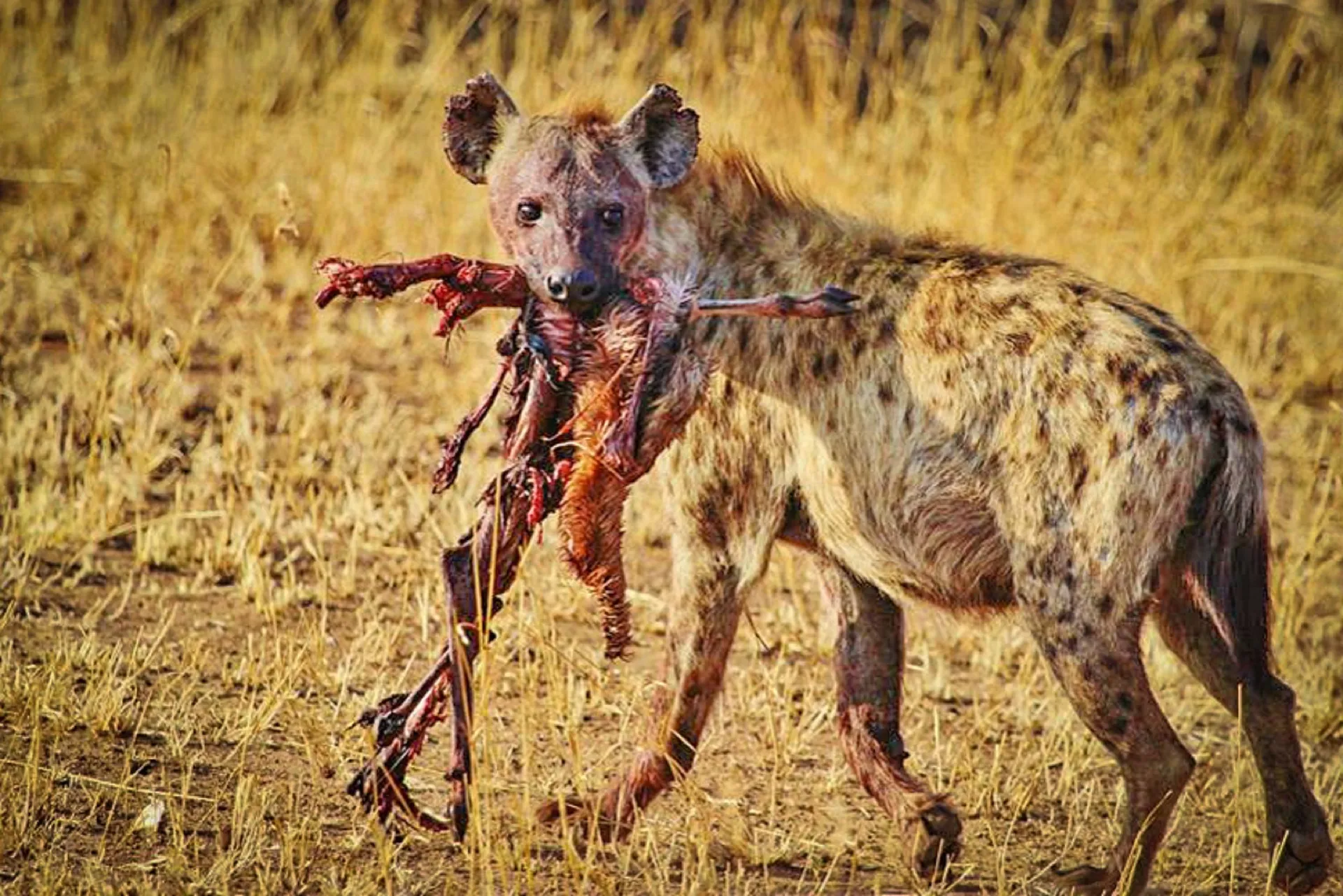
Wildlife Extravaganza
Beyond the annual migration, the Serengeti is a wildlife extravaganza. The park supports the largest number of ungulates and the highest concentration of large predators in the world, including 4,000 lions, 1,000 leopards, 225 cheetahs, 3,500 spotted hyenas, and 300 wild dogs. It’s also home to herds of herbivores, comprising 2 million wildebeests, 900,000 Thomson’s gazelles, 300,000 zebras, alongside thousands of elands. There are also topis, hartebeests, buffalos, giraffes, warthogs, waterbucks, elephants, hippos, and a fragile population of 200 black rhinos.
But the spectacle isn’t limited to the ground. Look up, and you’ll see Serengeti’s skies graced by an astonishing variety of birdlife, with over 500 species, including the globally significant ostrich population, and rare endemic birds like the Grey-breasted spurfowl and the Rufous-tailed Weaver.
Maasai Culture and Heritage
The Serengeti isn’t just about wildlife; it’s also about the people who have lived here for centuries. The Maasai people, indigenous pastoralists, have a deep connection with the Serengeti and its wildlife. Maasai wealth is traditionally measured in cattle and children, and they are known for their distinctive beaded jewelry and shawls, which represent cultural identity.
While the Maasai have historically relied on cattle products for their subsistence, today, many engage in farming, craft trading, and contribute to the tourism industry for revenue and new skill development. Women build houses, collect resources, and prepare food, while men handle security and protect livestock.
As a visitor to the Serengeti and the Maasai Mara National Reserve, you’re welcomed to immerse yourself in Maasai culture. Tour local villages to witness traditional lifestyle practices such as dances, music, and crafting. Participate in Maasai-led walking safaris to learn from the tribe’s intimate knowledge of wildlife tracking and the environment.
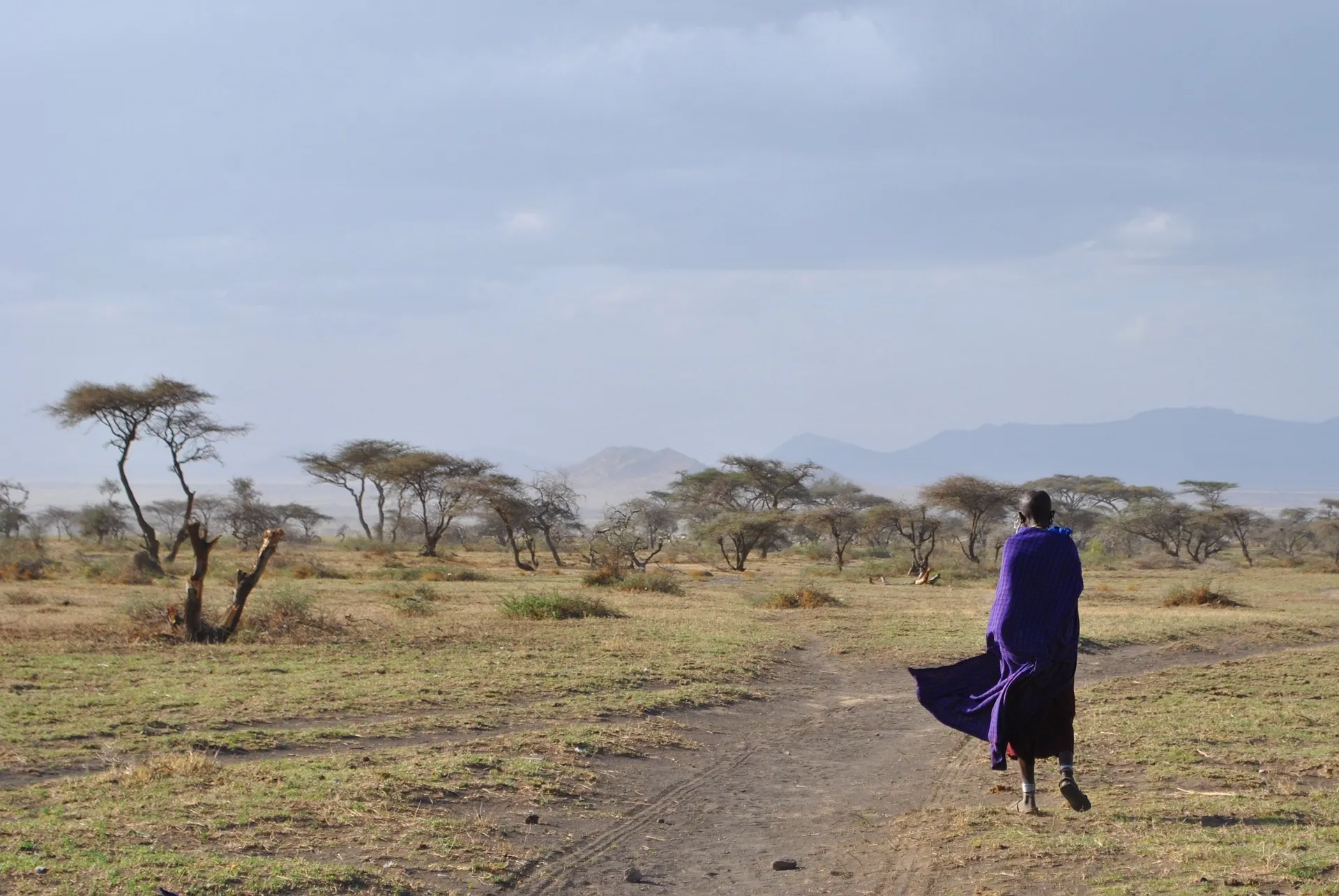
Navigating Serengeti’s Regions
The Serengeti is a mosaic of distinctive regions, each offering unique wildlife and birding experiences. The Central Seronera area, for instance, is popular for its high density of leopards, diverse bird species, and consistent wildlife sightings owing to the perennial waters of the Seronera River.
In the Southern Serengeti, the Ndutu Area is renowned for its raptors like vultures and secretary birds, water birds, and ostriches, particularly around Lake Ndutu.
The Northern Serengeti’s Lobo hills, located in the western corridor, offer habitats rich in birds of prey, including various eagle species and larks, due to the distinct vegetation and bird habitats.
Planning Your Serengeti Safari Adventure
A Serengeti National Park safari requires careful planning. First, choose the season of your visit based on the wildlife and experiences you want to see. The dry season (June to October) is optimal for spotting animals due to shorter grass and concentrated water sources. However, the wet season, specifically in April and May, offers ‘green season’ rates and less crowded parks while still providing excellent wildlife viewing.
Choose the right safari package for your preferences. An overland safari can be a more cost-effective and comprehensive way to explore multiple locations. For first-time safari-goers, an outfitter can organize the trip details and provide a private guide and vehicle, giving more control over the safari timing.
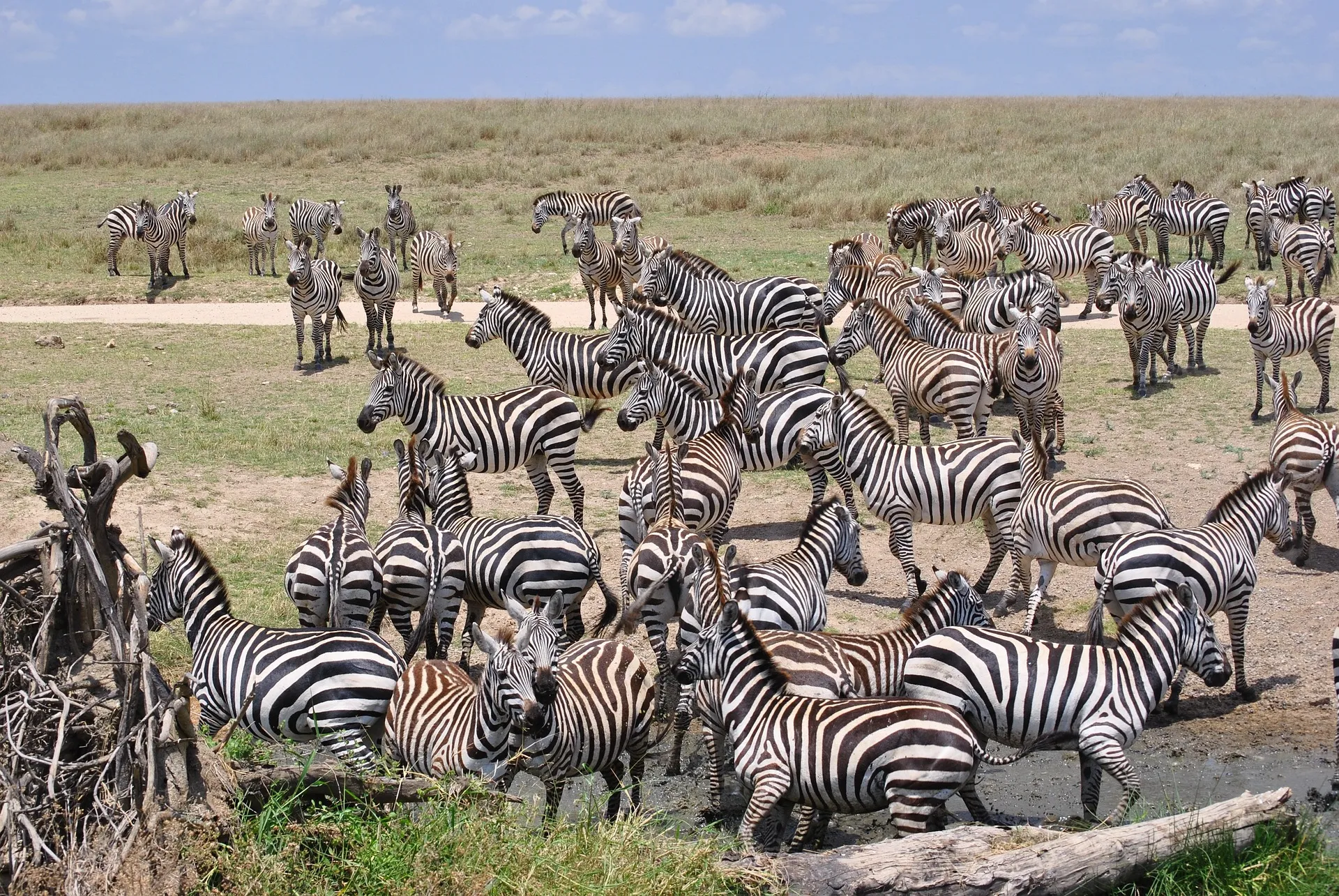
Experiencing Serengeti Activities
The Serengeti offers a range of activities beyond traditional game drives. Bird watching is a year-round activity, accentuated by the arrival of migratory birds during the rainy seasons from March to May and in November. Notable bird species such as the Rufous-tailed Weaver and ostriches can be observed in the park, often on morning safaris guided by experts in bird calls.
You can also experience the Serengeti in the following ways when you visit Serengeti National Park:
- Hot air balloon safaris, offering a bird’s-eye view of the wildlife and landscapes
- Walking safaris, providing up-close encounters with nature
- Night game drives, allowing you to observe nocturnal behaviors
Accommodation Options in Serengeti
Accommodation in the Serengeti caters to a variety of preferences and budgets. From budget-friendly options like Seronera Wildlife Lodge to mid-range options like Embalakai Tented Camp and Nyikani Camp Central Serengeti, there’s something to suit everyone.
Luxury lodges such as Serengeti Safari Lodge and Lobo Wildlife Lodge cater to guests seeking premium accommodation with private facilities and exceptional views. However, to enjoy the exclusivity of the Eastern Serengeti, be ready for advanced booking, especially during peak seasons.
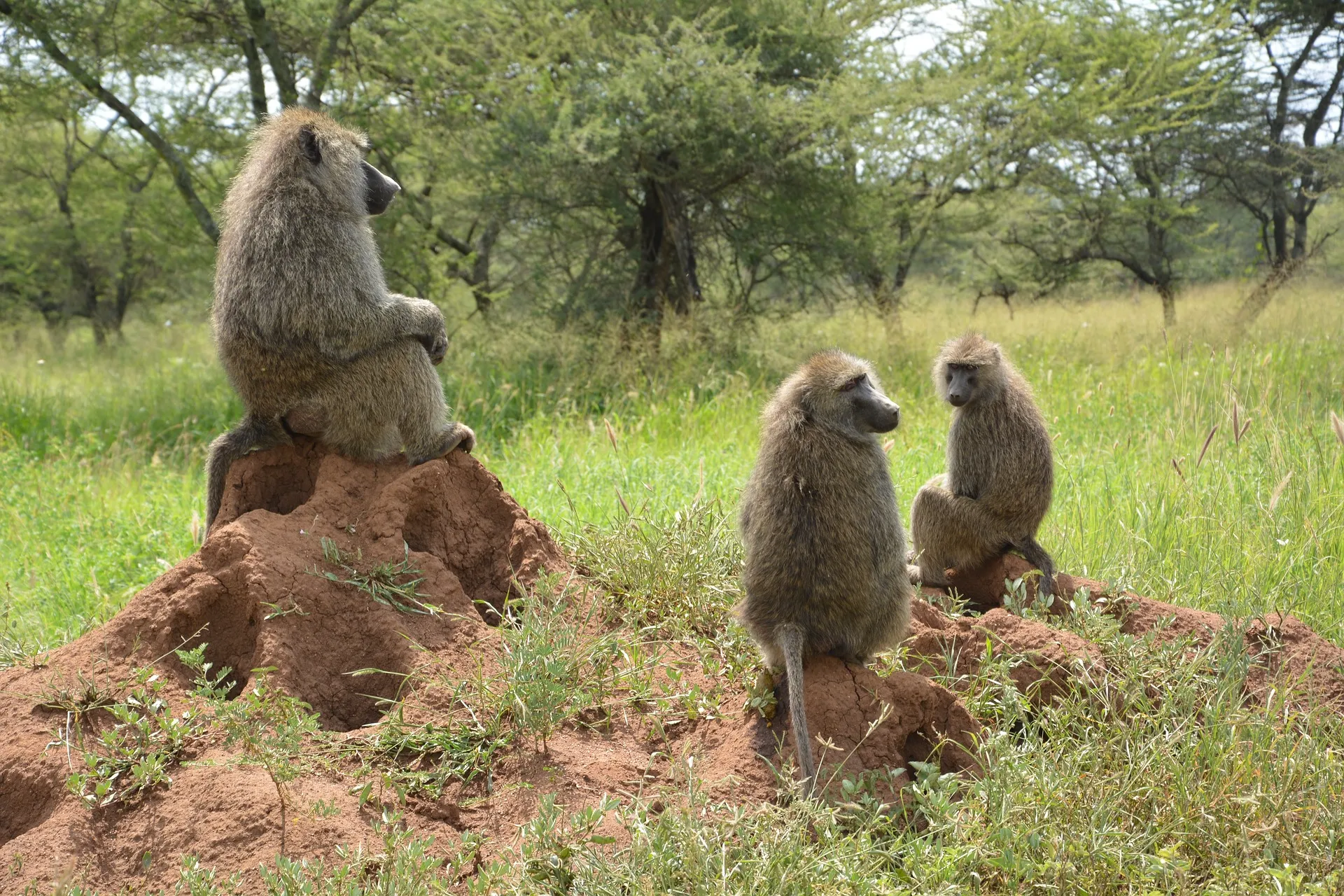
Conservation Efforts and Threats
Serengeti is divided into different sections like Western Corridor, Southern and Eastern Serengeti, Eastern Portion, Seronera Valley, and others. Together, the Serengeti plain offers spectacular setting, natural beauty, different wildlife species, several safari lodges and camps, and supports human life of several indigenous tribes.
Serengeti National Park and the Ngorongoro highlands, one of the world’s most renowned national parks, faces several conservation challenges. An increase in poaching, notably targeting rhinoceros and elephants, invasive species, and proposed infrastructural developments pose significant threats to the ecosystem.
Yet, efforts are underway to safeguard this wildlife haven. Over one-third of Tanzania’s territory, including Tanzania national parks, is under some form of protection, with ongoing efforts to expand parks and protect traditional migration corridors. The State Party of Tanzania has developed transboundary water resource management policies for the sustainable use of the Mara River. It is crucial for the larger Serengeti ecosystem that supports both the southern plains and the northern Tanzania.
Tips for a Memorable Serengeti Experience
A trip to the Serengeti is an adventure of a lifetime. To ensure a memorable experience, remember to:
- Adhere strictly to the rules of the park
- Always stay in your vehicle during a game drive unless in a designated safe area
- Follow travel advisories for Tanzania
- Combine your game reserve or national park activities with other activities like hot air balloon rides and bush walks
- Ensure you have the best safari vehicle that can traverse the acacia woodlands and other terrains of the park
Wear appropriate clothing such as neutral colors to repel heat during the day, and bring layers to keep warm at night when temperatures can drop to around 14°C.
Choose a knowledgeable and professional safari guide to enhance the quality of your safari experience; online reviews can aid in selection.
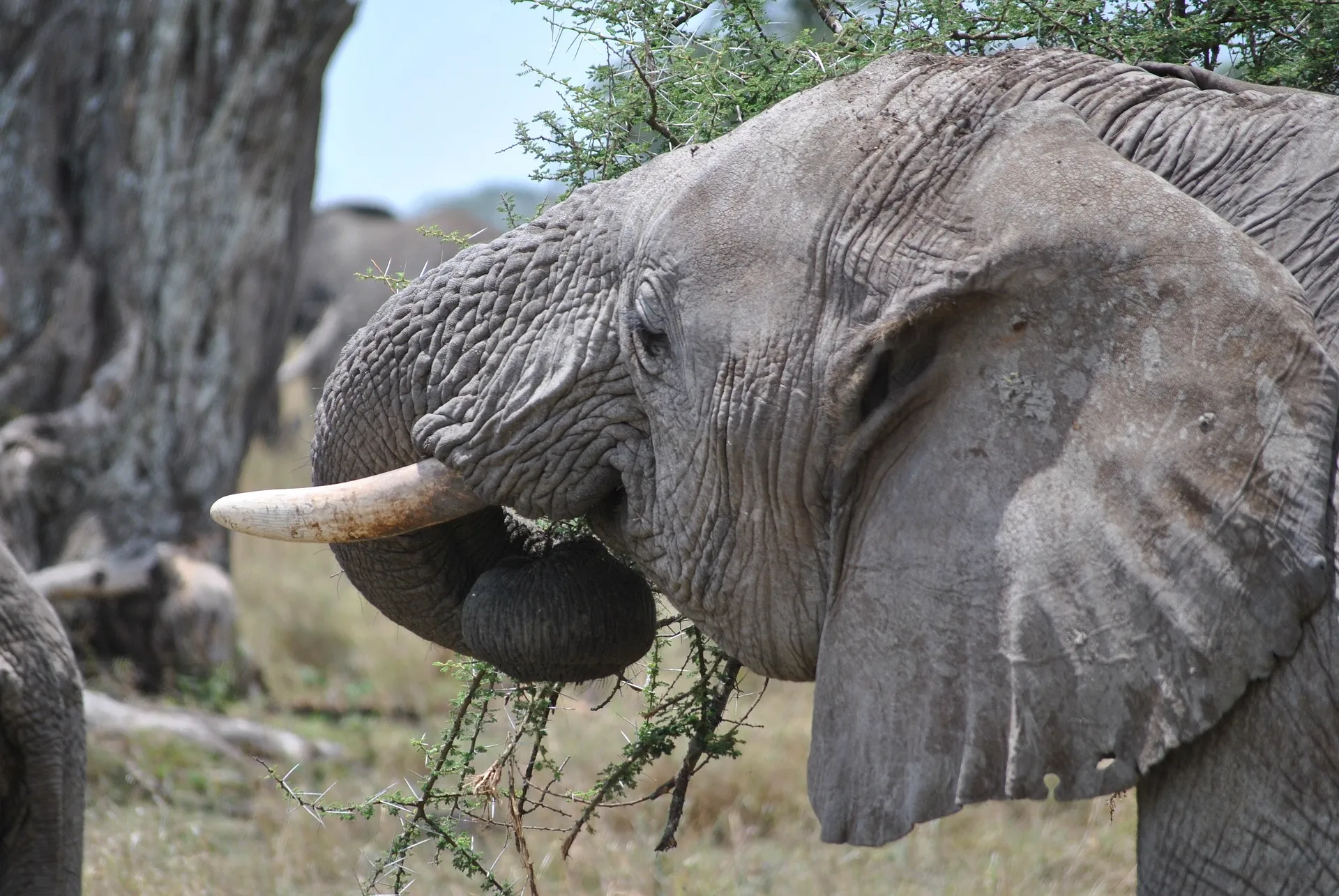
Summary & Frequently Asked Questions
This journey through the Serengeti National Park has taken us across vast plains, alongside migrating herds, into the heart of Maasai culture, and through the highs and lows of conservation efforts. Whether you’re a first-time visitor or a seasoned safari-goer, the Serengeti promises an unforgettable encounter with the wild, a spectacle that never ceases to marvel and inspire.
1. Why is the Serengeti National Park so famous?
The Serengeti National Park is famous for hosting one of the 7 wonders of Africa and one of the 10 wonders of the world in terms of wildlife. It is also known for the largest annual animal migration in the world, featuring over 1.5 million blue wildebeest and 250,000 zebras.
2. Which country is Serengeti National Park in?
Serengeti National Park is in Tanzania, spanning the eastern Mara and northern Simiyu regions, covering an area of around 5700 square miles.
3. Is Serengeti in Kenya or Tanzania?
The Serengeti is located in Tanzania’s protected areas, forming the Serengeti-Mara Ecosystem that borders Kenya. The Serengeti National Park is in Tanzania, while the Masai Mara National Reserve in Kenya shares its southern border with the Serengeti. Other game viewing areas you will find in in the unique ecosystem of Tanzania include Ngorongoro Conservation Area, Maswa Game Reserve,
4. What is the best time to visit the Serengeti?
The best time to visit the Serengeti National Park is from January to February or from June through September, coinciding with The Great Migration, where over one million wildebeest cross Grumeti River and to look for fresh grass. Plan your trip accordingly to experience the park at its best and avoid the rain season. A safari to Serengeti National Park is combined with a tour of Ngorongoro Crater, Lake Manyara National Park and other parks.
5. What wildlife can I see in the Serengeti?
In the Serengeti plains, game drives will let you see a wide variety of wildlife, including a large number of ungulates, high concentration of large predators like lion, wild dog, cheetah, & others, and over 500 bird species. Plan your visit to maximize your chances of seeing these incredible animals.


